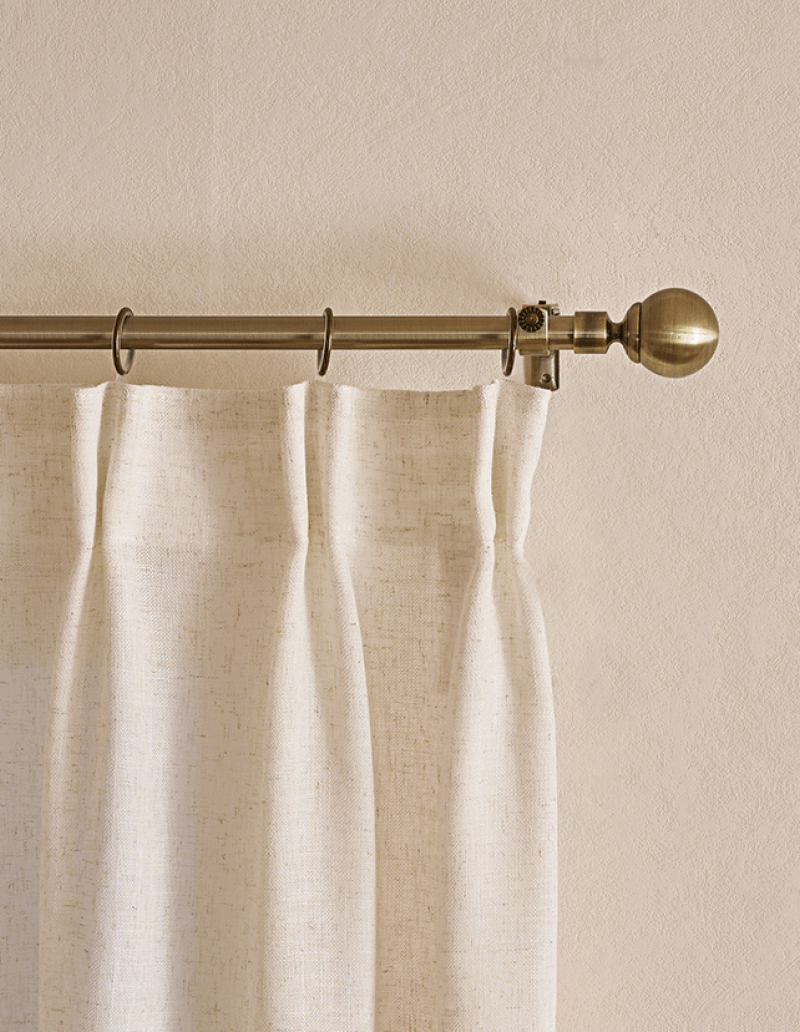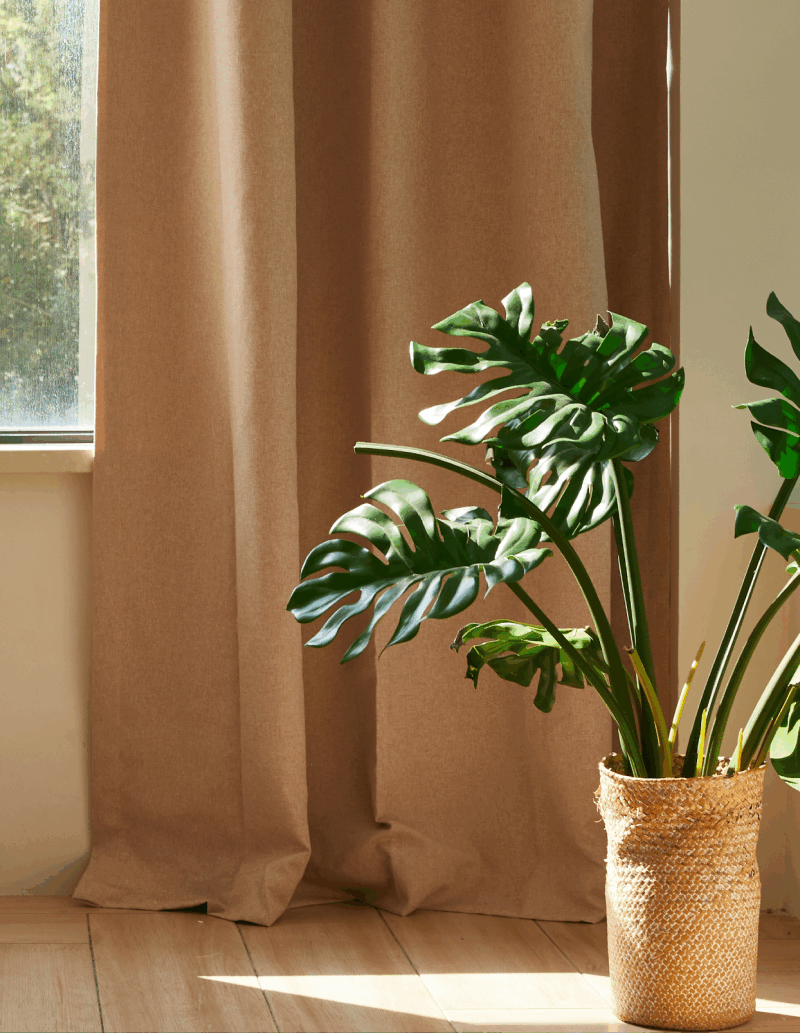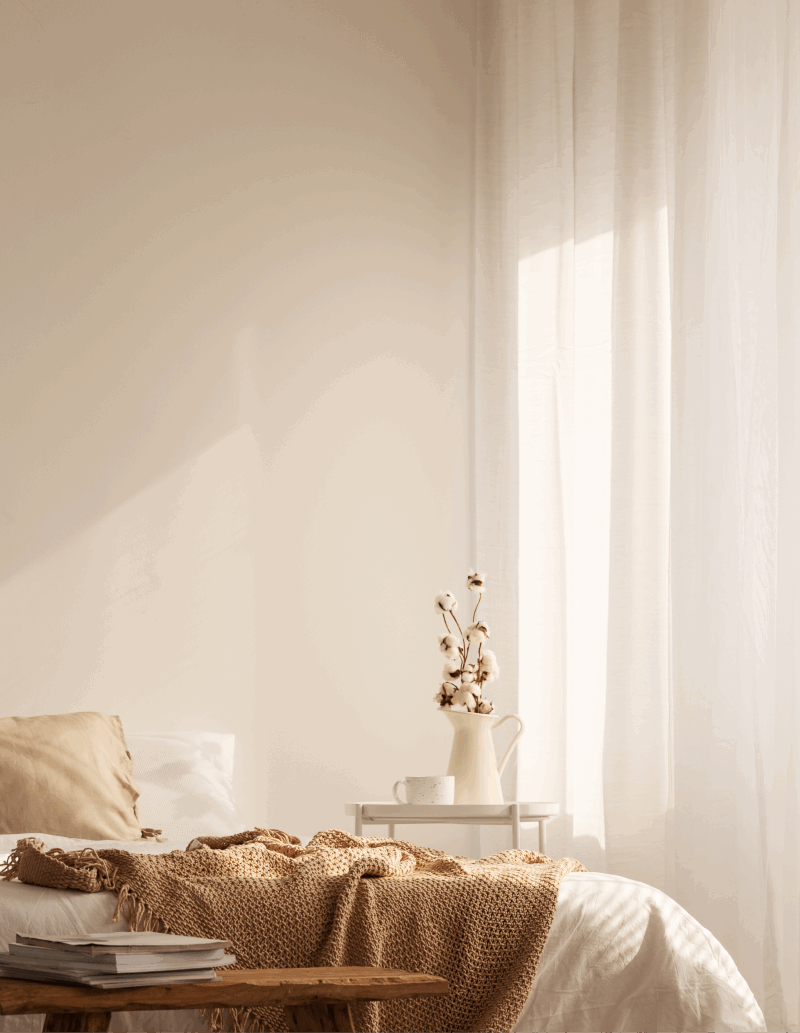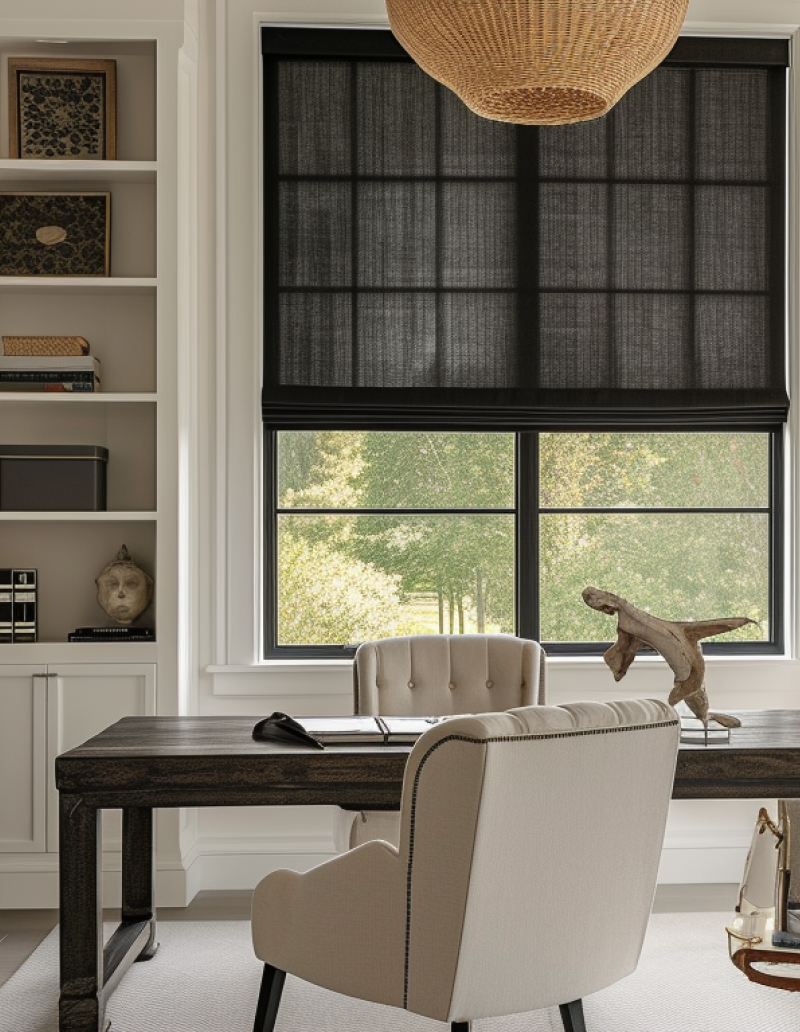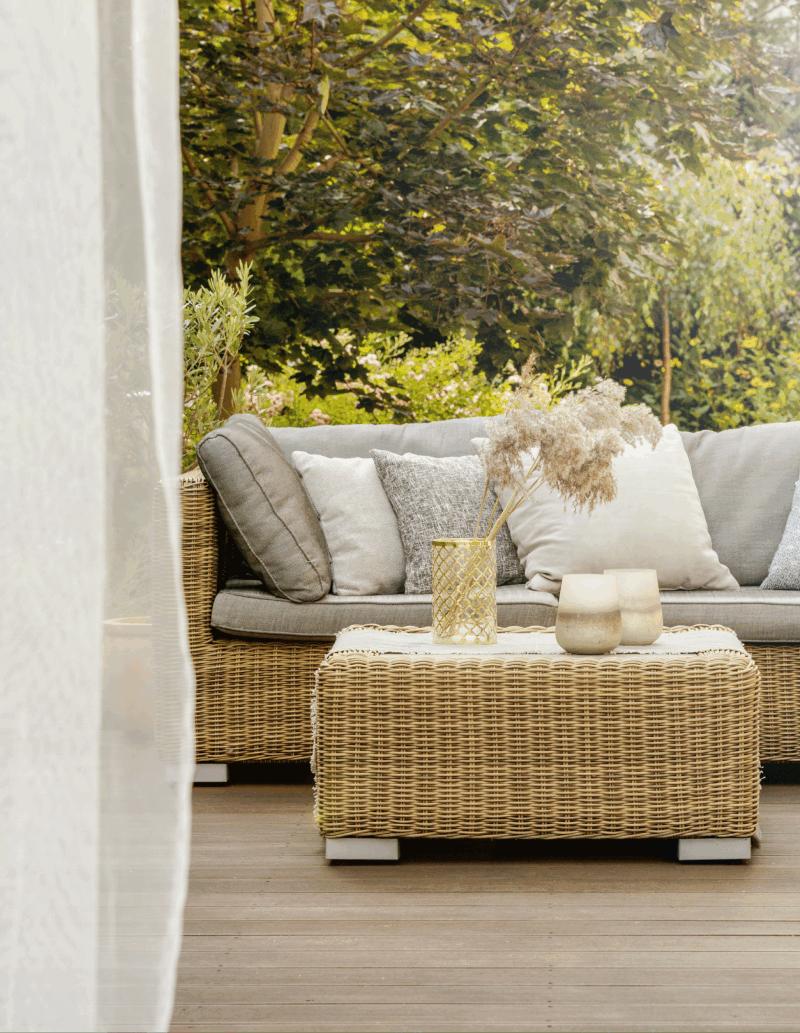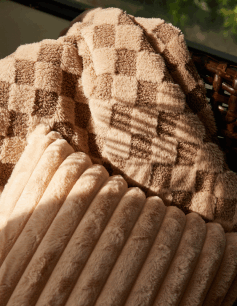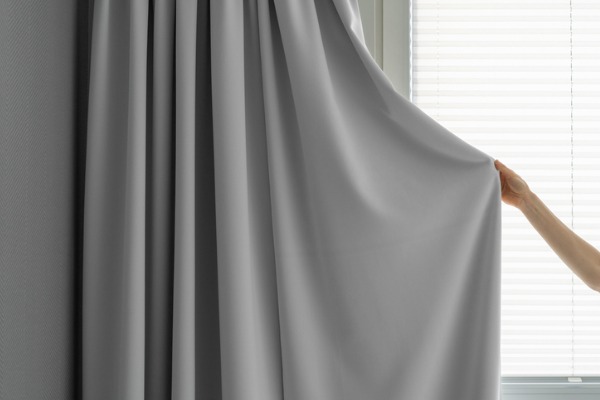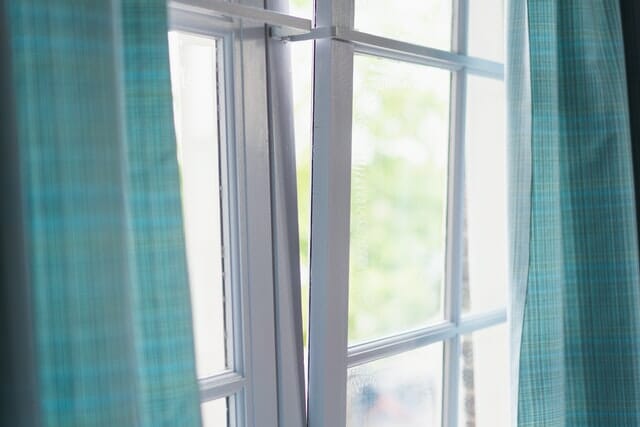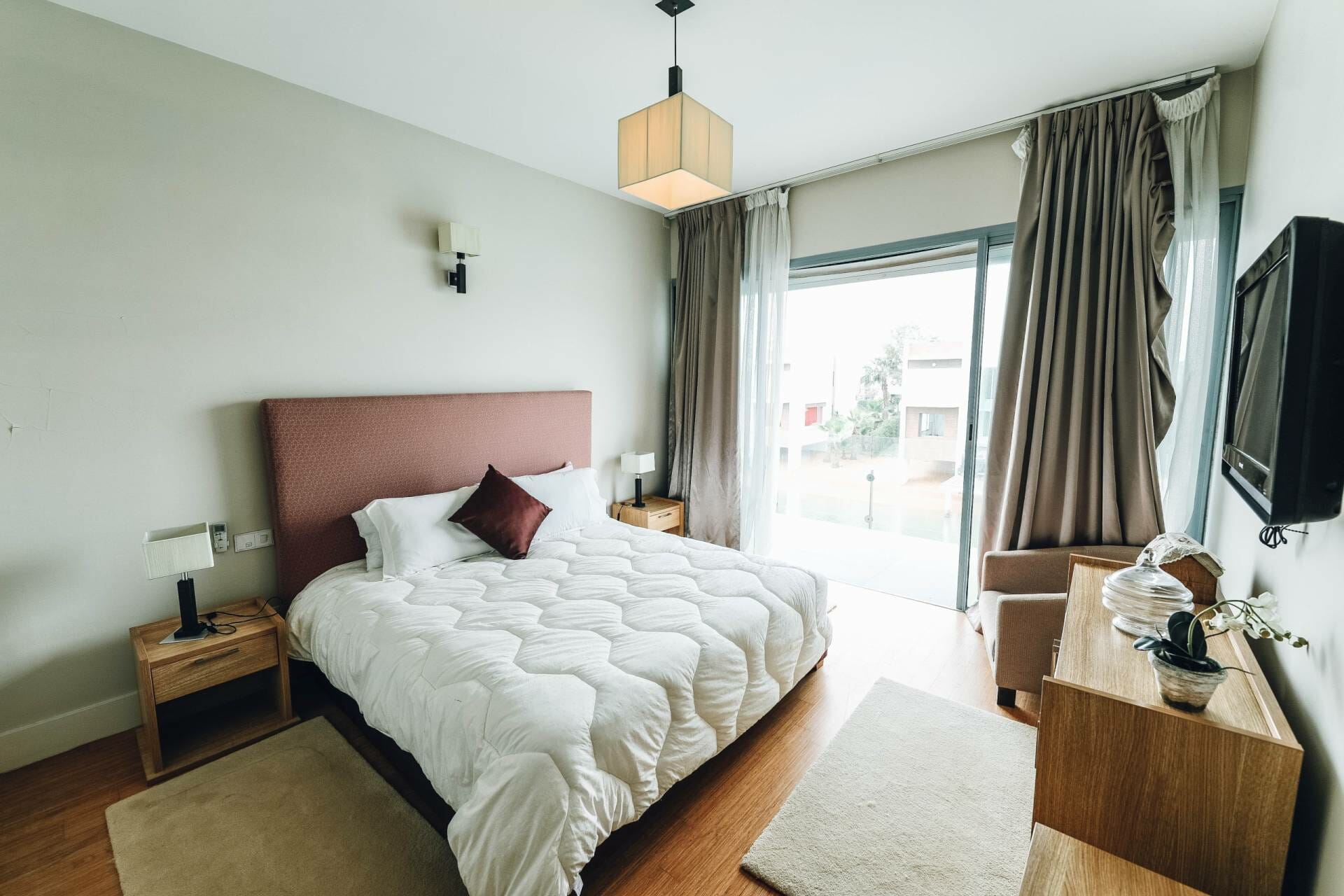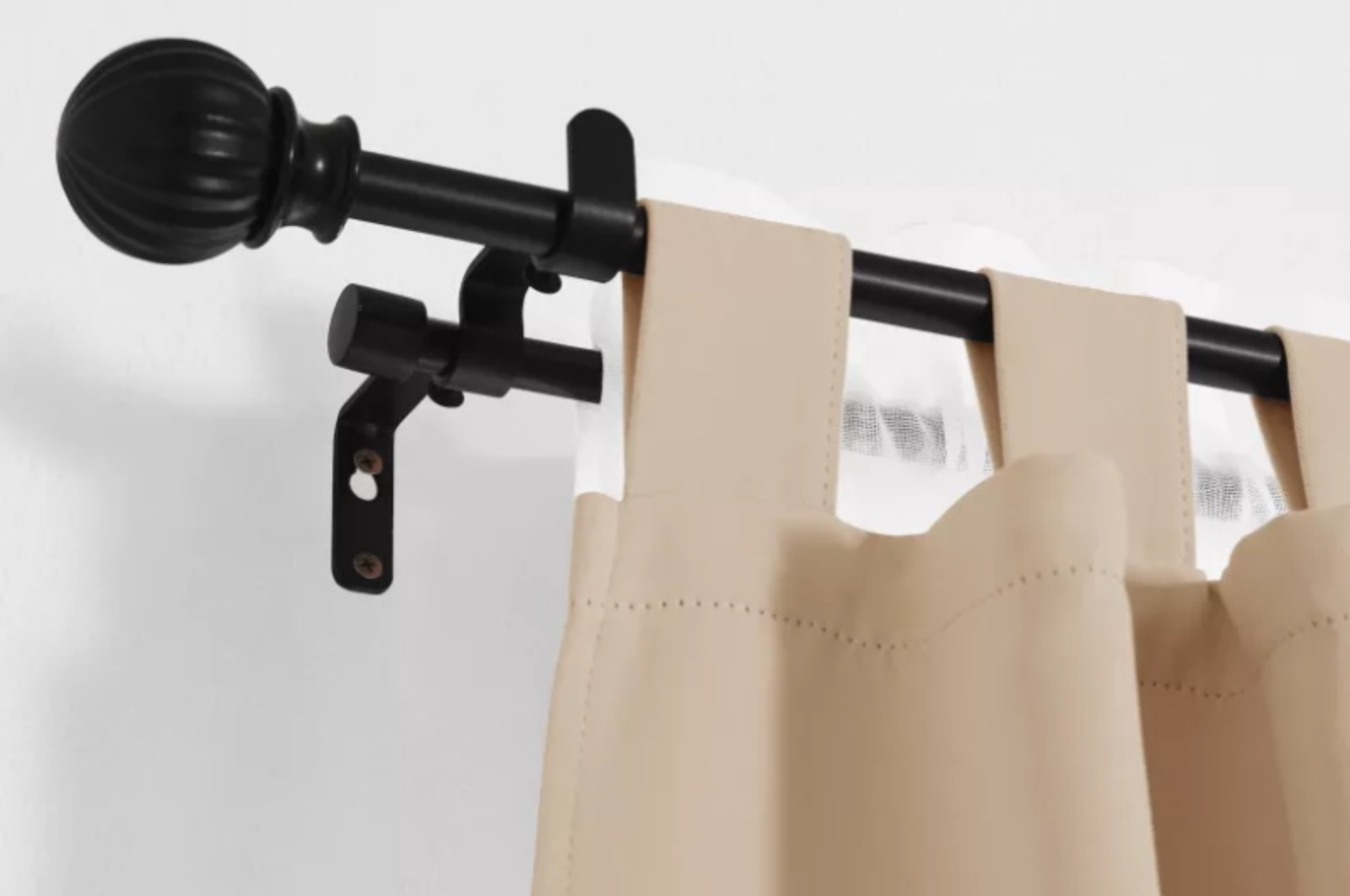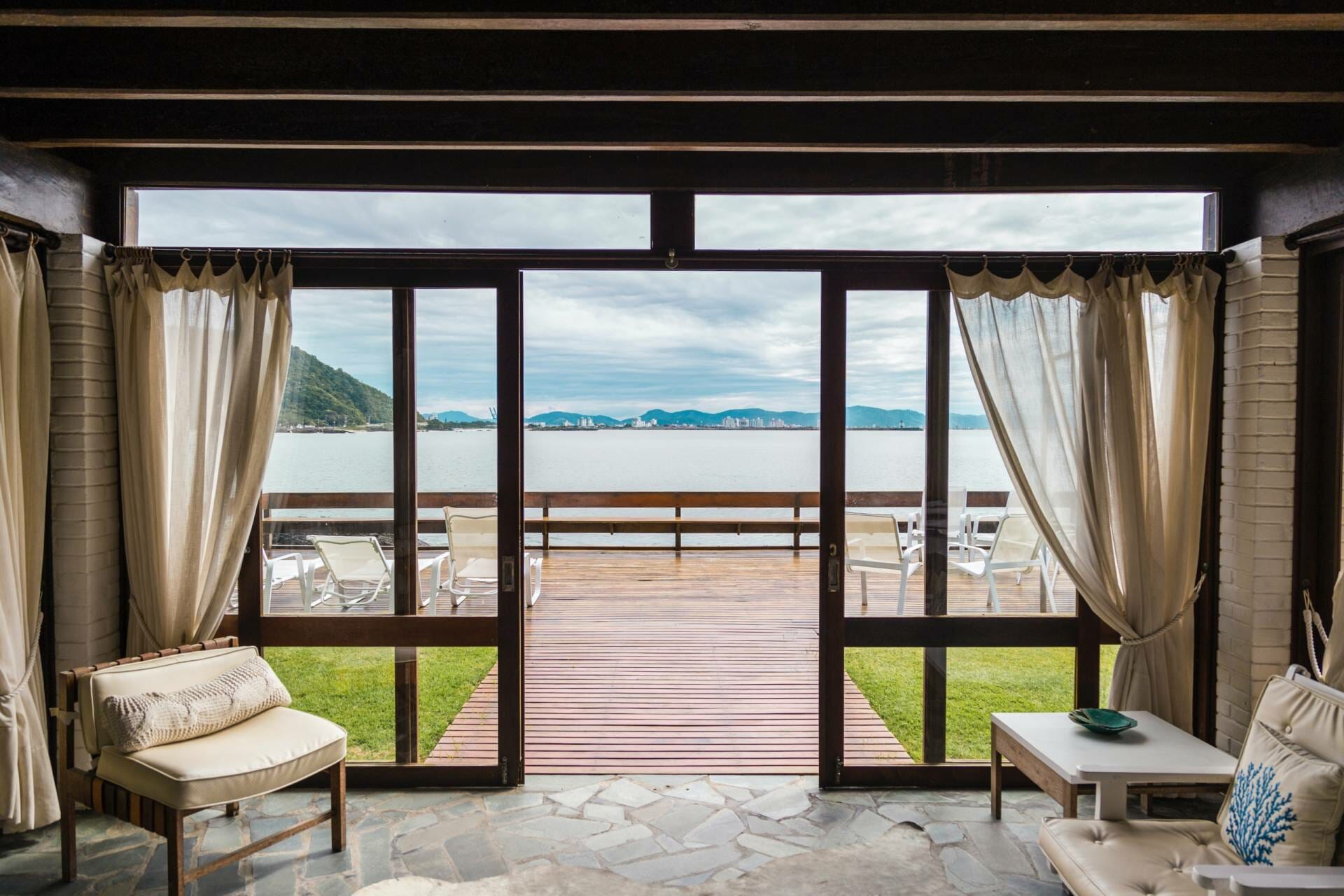Thermal Curtains: A Complete Buyer’s Guide
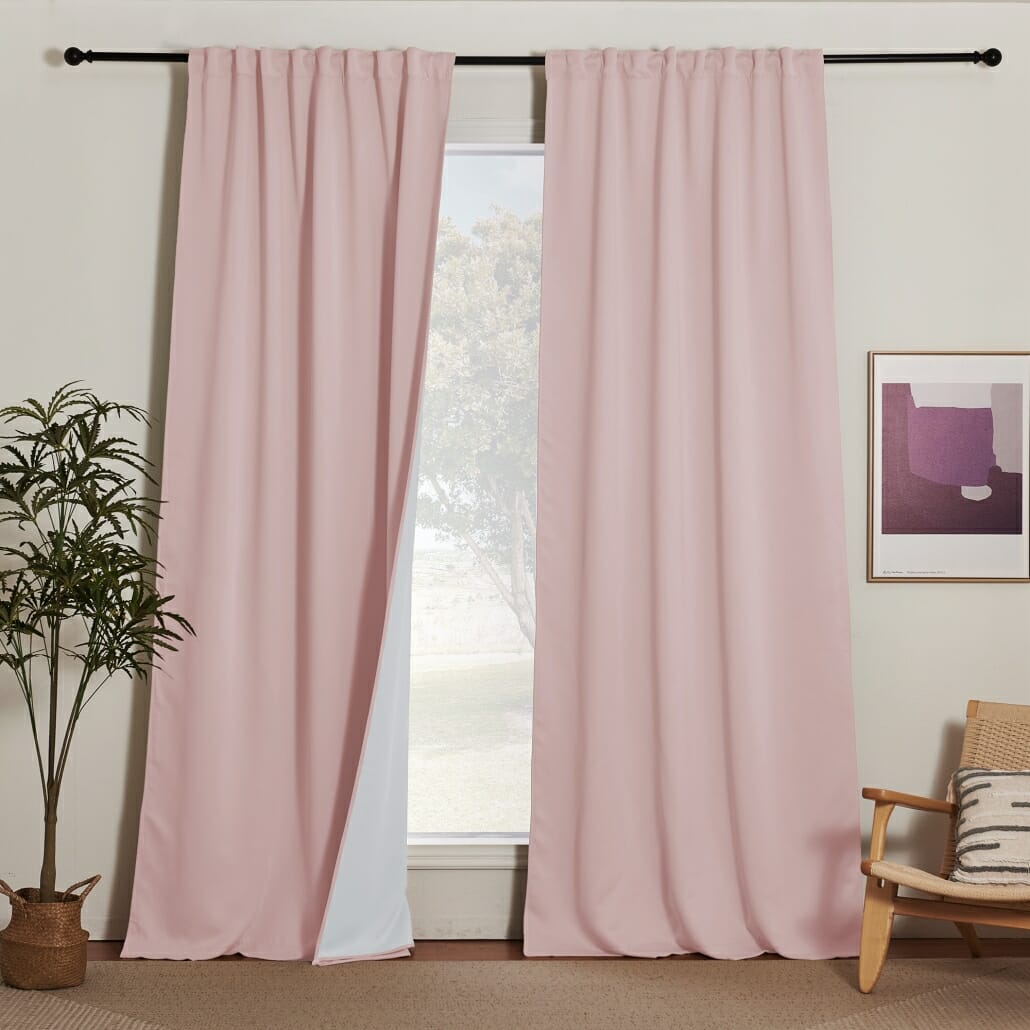
To save energy and stay safe, thermal curtains are turning into an essential addition to modern homes. But with hundreds of options available, the task of picking the best thermal curtains can quickly become overwhelming. We’re here to help you find the right fit for your needs.
Before we begin our recommendations, let’s talk about who should buy insulated curtains. If you live in an area that gets very cold in the winter or very hot in the summer, then you should consider investing in the best thermal curtains. They will help keep your home warm in the winter and cool in the summer, which means that they’ll save your money on heating and cooling costs! They are also a great way to create privacy in the home environment too.
What are Thermal Curtains?
Thermal insulated curtains are normally made of two layers – an outer layer of fabric and an inner layer that is made from a special material called insulation. The insulation blocks heat transfer and makes it much easier for you to control the temperature in your home.
The thermal insulated curtains are made using different types of fabrics like cotton, polyester and silk etc. These fabrics are used in layers with other materials such as plastic or metal to make these insulated drapes more durable and long lasting. Some blackout curtains also help to keep your room warm in the winter and cool in the summer, as well as reducing noise pollution.
Do Thermal Curtains Work?
Thermal insulated curtains work against both heat and cold. They’re especially effective at keeping out drafts. This means that even if you don’t have central heating or air conditioning in your home, you can still take advantage of these energy-efficient curtains. Thermal insulated curtains have special features that allow them to trap heat or cold inside them so that they won’t escape into your room during the winter or summer months when you’re most likely going to be using them most often anyway!
The best ones are made from fabrics that have very little air flow between them, which makes them more effective at keeping heat or cold inside. They can also help you save energy, which is good for the environment, your wallet, and your peace of mind.
Insulating curtains come with an R-value and U-value rating, which refers to how effective they are at blocking outside temperatures from entering your house. The thermal resistance “R” value is the measurement of how well a material resists heat flow. A higher number means that material is better at keeping the heat inside. The thermal transmittance or conductivity “U” value is the measurement of how easily a material conducts heat. A lower value means that material is better at keeping the cold out.
Do Thermal Curtains Keep Cold Out?
The answer is that thermal curtains do keep cold out, but not entirely.
But there’s a lot more to it than that! Thermal curtains work by trapping air in between the layers of material. The trapped air acts as an insulator, keeping heat from escaping through the window or patio door. This means that even if you live in a cold climate, your home will be warmer overall—and you’ll stay warmer too.
If you’re looking for insulated curtains for winter, consider Nicetown curtains! We offer a wide range of styles and colors so you can find something that fits your home and lifestyle perfectly.
Do Thermal Curtains Keep Heat Out?
Thermal curtains are great for keeping the heat out of your home during the summer, and can also help you save money on your energy bill. Heat blocking curtains are made of a special material that blocks sunlight and keeps the warmth that your air conditioner produces inside your home. They’re also easy to install, and they’re made in a wide range of colors and patterns to match any decorating style or color scheme.
Thermal curtains are an affordable way to improve your home’s energy efficiency without making major changes like installing new windows or insulation.
What To Consider When Choosing Thermal Insulated Curtains?
When you’re looking for a window treatment that will help keep the heat in and the cold out, you want to make sure you’re getting what you need. Here are some things to consider when choosing thermal insulated curtains:
Type of Window Treatments
There are many different types of window treatments available on the market, including side-draw thermal curtains; standard thermal curtains; balloon thermal drapes; Roman thermal curtains; hobbled thermal curtains.
- Side-draw thermal curtains are popular because they are easy to install and remove, and they come in a variety of styles and colors that suit any decor style.
- Standard thermal curtains are heavier than side-draws but still much lighter than semi-thermic drapes. They can be drawn across a window without being held up by anything other than gravity or tension from their own weight when they’re attached via hooks or rings through holes at top and bottom edges of fabric panels between them (usually along top edge only).
- Balloons’ thermal drapes are also easy to install and remove, but they provide more insulation than standard thermal curtains because they use an extra layer of fabric between the inner layer and outer layer of fabric on each curtain panel.
- Roman thermal curtains have a unique style that makes them stand out from other styles; however, they don’t provide as much insulation as other types of curtains because there is no extra layer between the inner layer and outer layer on each curtain panel.
- Hobbled thermal curtains feature an extra layer between the inner and outer layers on each curtain panel; however, this extra layer may make them harder to open or close than other types of curtains.
Size
The second thing to look at when choosing thermal curtains is size. You’ll want to measure your window before going shopping, so you know exactly what size curtain you need. The most common sizes are 84″ long by 54″ wide for small windows (like those in bedrooms) and 108″ long by 84″ wide for large windows (like those in living rooms).
If your windows are small, you’ll likely want a thermal curtain that is short (and therefore doesn’t hang down as far). If they are large, however, then you’ll want to consider how much of the window you want covered. You may also want to consider whether or not there is any furniture in front of the window that would obstruct your view if you choose something with a lot of fabric.
Fabric/Material
Some fabrics are better at retaining heat than others. Polyester, for example, is a good choice if you want to save on heating bills and make the most of your energy. It’s also easy to clean and resistant to stains and fading. Cotton is a natural fiber made from plant fibers which makes it a good choice for people who prefer products made with natural materials.
If you have allergies or sensitivities then silk might be an option as it is known for its softness and ability to absorb moisture well. For those who want something durable than cotton or wool, silk would be a better choice because they don’t get damaged as easily by stains or dirt when cleaning regularly at home.
Aesthetic
Are you looking for something sleek and modern, or do you prefer something more traditional? Do you want to brighten up a space? Or do you want them to blend in? Second, consider whether or not you plan on using more than one set at a time. If so, make sure they match—you’ll want to make sure that they go together well so that it doesn’t look like you have two different styles in the same room! You might also want to consider whether or not you’d like the curtains to match other furnishings in your home.
Noise Reduction
You might not think about it, but there can be some serious noise pollution in your home. Whether it’s from traffic outside or from your neighbor’s dog barking all night long, these noises can be hard on anyone’s nerves and make it hard for you to fall asleep or get any restful sleep at all.
If you live in an area where there are lots of loud noises, then you’ll want to consider thermal insulated soundproof curtains—these will help keep those sounds from reaching your ears by absorbing them before they can even reach your bedroom window!

